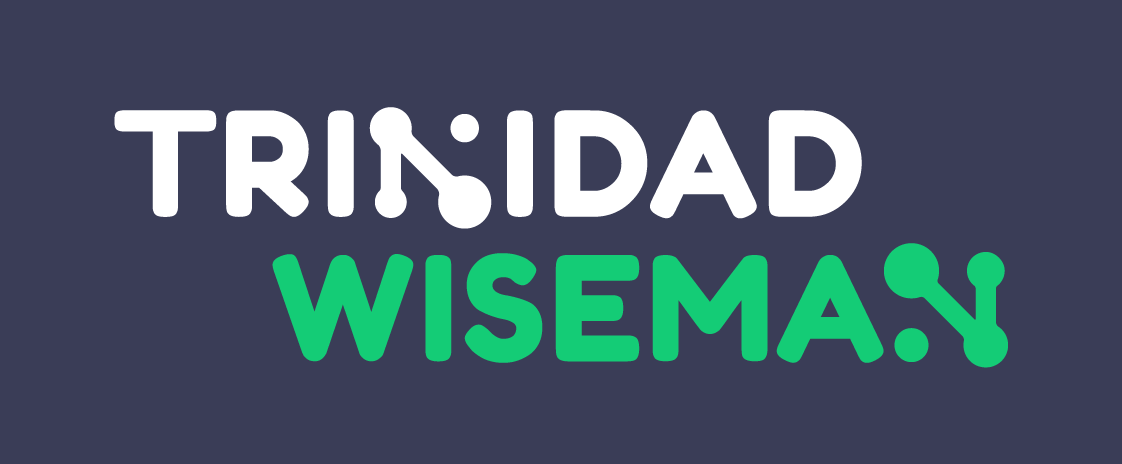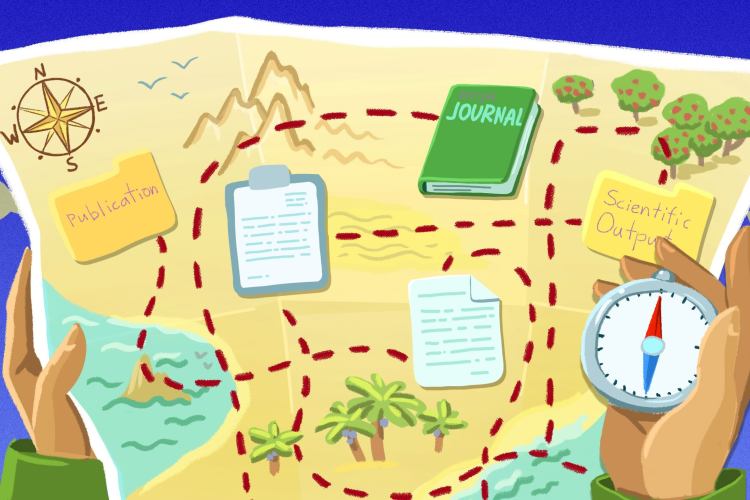The STAR project story: How a needs assessment solution was created to connect people, processes and technology
The digital solution used in the Registry for Social Services and Benefits (STAR) helps local governments assess adults’ needs for assistance more easily and provide the right support more swiftly. The development of the tool was successful because the project consistently emphasized ease of use and close cooperation between all parties involved. Read more about this project story.






